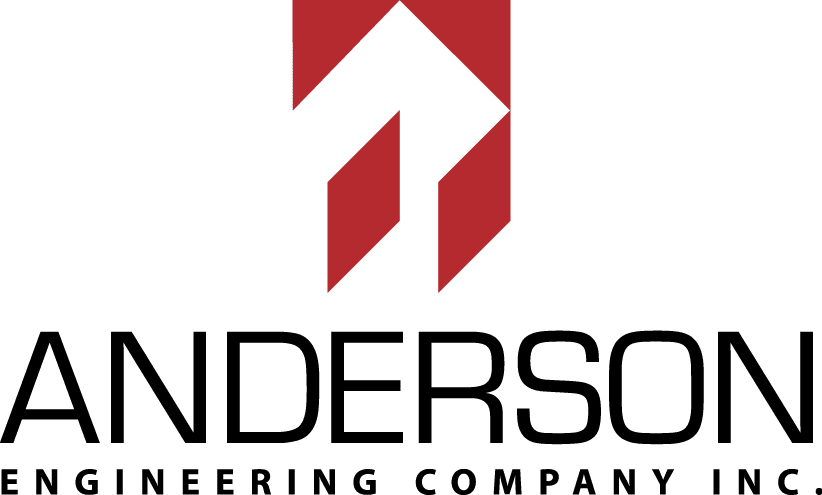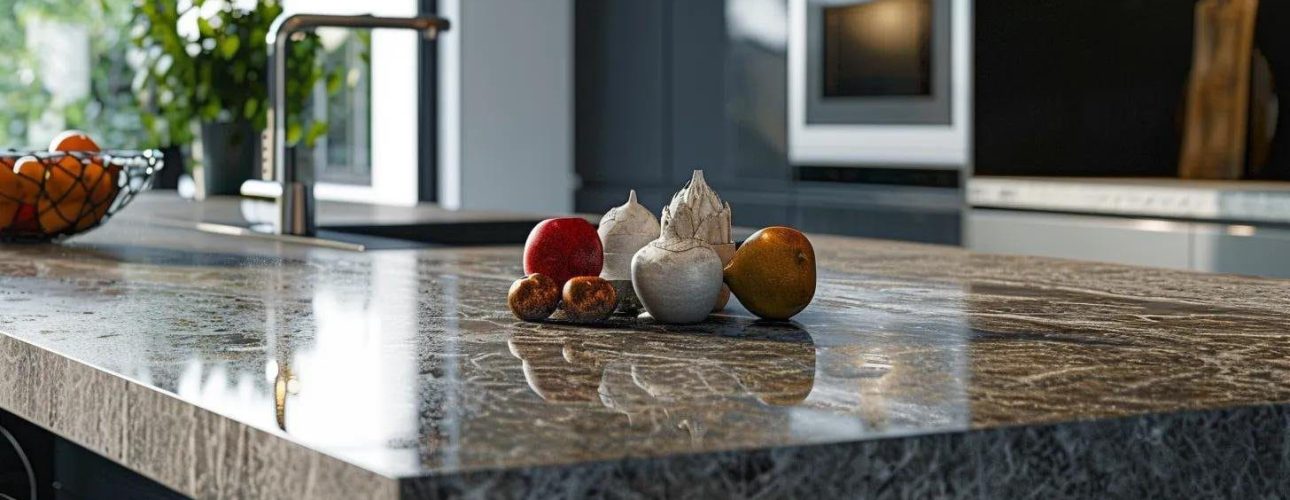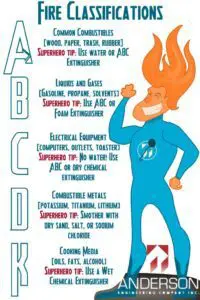Overrunning the Project Budget is Usually Dedicated Prior to Starting Construction.
Budgeting for home renovations, such as updating drywall, adding a deck, or installing a new countertop, can feel overwhelming, especially in cities like Saratoga Springs, Lehi, American Fork, Bluffdale, and Eagle Mountain, where housing styles and renovation needs vary widely. Many homeowners in these areas struggle to keep costs under control while ensuring their projects stay on track. This guide will provide practical strategies for budgeting home renovation costs, from creating a comprehensive budget plan to tracking spending. With Anderson Engineering’s local expertise, you’ll gain the tools to manage renovation fees and make informed decisions, leading to successful, stress-free home improvements tailored to your community’s unique needs.
Key Takeaways
- Identify essential renovations to prioritize safety and functionality over aesthetic changes
- Establish a clear timeline to manage costs and avoid delays in your renovation project
- Explore various financing options to align your budget with your renovation goals effectively
- Keep detailed records of expenses to track your renovation costs and identify trends
- Communicate openly with contractors about budget changes to minimize potential disruptions during renovations
Understand Your Renovation Goals and Priorities
Identify essential versus optional renovations to budget effectively for your home renovation in areas like Eagle Mountain or Bluffdale. For example, upgrading a ceiling in a Saratoga Springs home for safety or replacing a sink in an American Fork kitchen is necessary. In contrast, decorative updates, such as enhanced finishes for a Lehi living room, might be optional and adjusted to fit your budget. By distinguishing between needs and wants, you can streamline your renovation process and keep costs under control.
Identify Essential Versus Optional Renovations
When planning your remodeling project, it’s crucial to distinguish between essential and optional renovations. Essential changes typically include structural updates, such as replacing worn-out wood beams or upgrading plumbing fixtures, to ensure safety and functionality. On the other hand, optional renovations, like cosmetic changes or enhanced finishes, can often be postponed or adjusted based on your budget without compromising safety:
- Assess structural updates for safety.
- Consider aesthetic improvements as optional.
- Evaluate credit options for financing your project.
- Utilize resources like HomeAdvisor to gather contractor quotes.
In Utah Valley communities like Lehi and Saratoga Springs, distinguishing between essential and optional renovations is key to managing costs effectively:
- Essential Renovations: Structural updates, such as replacing worn-out wood beams in an Eagle Mountain basement or upgrading plumbing fixtures in a Bluffdale bathroom, ensure safety and functionality.
- Optional Renovations: Cosmetic changes, like new tile backsplashes or upgraded finishes for a Saratoga Springs home office, can often be postponed without compromising safety.
- Financing Options: Explore credit options or consult Anderson Engineering to ensure your renovation aligns with your budget.
- Local Resources: Use tools like HomeAdvisor to gather contractor quotes for your area.
Determine Your Timeline and Urgency for Projects
Establishing a clear timeline for your home improvement project is essential to managing your budget effectively. Assessing how your desired renovations, such as updating a bedroom or enhancing your living space, fit into your schedule will help you pinpoint when costs may arise, enabling you to plan your finances more accurately and avoid delays. Being proactive in setting your timeline can also help you identify urgent repairs that might increase the overall house remodel cost if postponed:
- Outline critical deadlines for necessary renovations.
- Keep track of any financing requirements related to timing.
- Email contractors with your proposed schedule for quotes.
- Use budgeting tools like Quicken to manage expenses.
You’ll gain greater control over your home renovation budget by tailoring these strategies to your specific city—whether it’s a growing community like Bluffdale or a more established area like American Fork. With guidance from Anderson Engineering, serving Saratoga Springs, Lehi, American Fork, Bluffdale, and Eagle Mountain, you can make your dream renovations a reality without breaking the bank. Connect with us today to start planning your project with confidence!
Align Your Goals With Available Financing Options
Aligning your renovation goals with available financing options is key to effectively managing your kitchen renovation budget. Take the time to communicate with your estate agent and discuss potential funding avenues, such as home equity loans or renovation grants, which can ease the financial burden associated with home renovation projects. A well-informed estimator will help you understand the costs involved and guide you in securing the right financing to meet your goals for home ownership:
You know your goals now. It’s time to shape those dreams into reality with a solid budget plan.
Create a Comprehensive Budget Plan
To create a comprehensive budget plan for your home improvement projects, break down costs by project and room. Include contingency funds for unexpected expenses during renovations, especially for critical updates like a roof replacement. Additionally, consider how long-term savings can impact your home remodel cost. This structured approach will enhance your understanding of expenses and prepare you for what’s ahead.
Break Down Costs by Project and Room
When you break down costs by project and room, you understand how each aspect of your renovation contributes to the overall budget. For instance, the renovation kitchen cost can vary significantly depending on the quality of cabinetry and flooring materials you select. Allocate a percentage of your budget to essential areas like the shower and kitchen to ensure these crucial components meet your functional and aesthetic needs, all while maintaining adequate financial management:
Include Contingency Funds for Unexpected Expenses
Including contingency funds in your home renovation budget is essential for managing unexpected costs, particularly lighting or utility upgrades. Aim to set aside at least 10-20% of your total budget for unforeseen expenses, which can arise from structural issues or adjustments in your dining room. A home equity loan could provide the necessary flexibility to cover these extra costs, ensuring your project stays on track without financial strain.
Consider Long-Term Savings in Your Budget
Consider long-term savings as part of your overall financial strategy when budgeting for your renovation. For instance, choosing high-quality tile for your kitchen remodel is a significant upfront expense. Still, it often leads to lower maintenance costs and increased home value. Similarly, investing in energy-efficient bathroom fixtures reduces utility bills and contributes to sustainable living, providing financial relief in the long run.
The budget plan is just the beginning. Next, you’ll need to uncover the actual costs of your renovation. Every dollar tells a story.
Research Actual Renovation Costs
Researching actual renovation costs is critical in managing your full house renovation cost. You can start by using online cost estimator tools to gauge initial expenses. Consulting with a general contractor will provide accurate pricing tailored to your specific project while studying local market rates for materials and labor, which will help you make informed decisions. These strategies will ensure you align your budget with your financial goals, including equity requirements and inspection readiness, ultimately leading to a successful renovation.
Utilize Online Cost Estimator Tools
Utilizing online cost estimator tools is an effective way to gain insight into your house renovation costs. These platforms provide estimates based on the specifics of your remodel, helping you understand typical expenses associated with various renovations. By inputting details about your property and desired changes, you can receive accurate projections that align with your budget and income, enabling you to make informed decisions and plan your financial strategy effectively.
Consult With Contractors for Accurate Pricing
Consulting with contractors is essential for obtaining accurate pricing on your renovation projects. By discussing your renovation budget with experienced professionals, you can better understand the costs associated with specific elements, such as light fixtures or structural modifications to your floor plan. Contractors can also provide insights into the overall cost of a whole-house renovation, ensuring your plans align with financial parameters like your mortgage obligations while helping you avoid unexpected expenses down the line.
Study Local Market Rates for Materials and Labor
Studying local market rates for materials and labor is essential to home renovation budgeting. You can avoid overextending your financial resources by understanding the typical costs associated with a home remodeling project, like the kitchen renovation price. For instance, if you need to hire an electrician, knowing the average charges in your area helps you create a realistic renovation price list. It ensures you get competitive quotes from contractors. This knowledge empowers you to make informed decisions, keeping your project on track and within budget.
Now that you have a clear picture of the renovation costs, it’s time to consider how to make it all possible. Understanding your financing options can turn your plans into reality, opening doors to new possibilities.
Home renovation costs in Northern Utah County can vary significantly based on the type and scope of the project. Below is a table summarizing average cost ranges for common renovation projects in the area:
Please note that these figures are approximate and can vary based on materials, labor, and specific project requirements. For a more accurate estimate tailored to your renovation needs, it’s advisable to consult with local contractors or use online cost calculators.
Explore Financing Options for Renovation
Evaluating financing options is crucial for effective budgeting when planning your remodeling project. Consider home equity loans and lines of credit to leverage your existing property value. Explore renovation-specific loan programs and assess government grants available for your project, particularly for initiatives that meet eligibility criteria. These options can significantly impact your overall condo renovation cost and facilitate your home improvement goals.
Evaluate Home Equity Loans and Lines of Credit
Evaluating home equity loans and lines of credit is a practical approach to managing your renovation costs effectively. These financing options allow you to leverage the equity in your home, providing you with funds to cover significant expenses associated with home remodeling, such as updating your living room or renovating your kitchen. By consulting with a contractor, you can determine how much funding you need, enabling you to budget accurately and choose the best financing solution that aligns with your overall home improvement goals:
Look Into Renovation-Specific Loan Programs
Looking into renovation-specific loan programs can be smart when planning your home improvement projects, such as updating a basement or installing a new chandelier. These loans help you finance your renovation while keeping debt levels manageable. By discussing your options with a real estate agent, you can identify the best programs available to support your goals, ensuring you can invest in features like hardwood flooring while staying within your budget.
Assess Government Grants for Eligible Projects
Assessing government grants for home renovation projects can significantly reduce your budget, allowing you to invest more in essential upgrades like kitchen cabinets. Many grants focus on energy efficiency improvements or historic preservation and do not require repayment. Researching available grants in your area can provide substantial funding that aligns with your home renovation budget, enabling you to enhance your home without straining your finances:
- Identify local government programs offering funding for home renovations.
- Determine eligibility requirements for various grants.
- Gather the necessary documentation to apply for these financial resources.
- Consult with a contractor to incorporate grant opportunities into your renovation plans.
With your financing options in place, it’s time to monitor your spending closely. Managing your costs during the renovation ensures that your vision stays intact and within your means.
Track Your Spending Throughout the Renovation
Using budgeting software or apps can help you manage your renovation expenses. Keep detailed records of all transactions related to your kitchen renovation to track your cash flow accurately. Compare your actual costs to your budget regularly to ensure that you stay on track and maximize your return on investment. These strategies will enhance your overall construction budgeting process.
Use Budgeting Software or Apps for Management
Budgeting software or apps can significantly streamline your home remodeling efforts by providing a clear overview of your expenses. For example, as you evaluate the average kitchen renovation cost, these tools help you compare estimated expenses against actual spending, allowing you to make informed decisions. When collaborating with an architect or interior designer, such software can keep your project organized and highlight where adjustments may be necessary to stay within your budget, ultimately leading to a more successful renovation experience.
Keep Detailed Records of All Transactions
Keeping detailed records of all transactions during your home renovation is vital for effective budget management. This practice allows you to track spending and identify trends, helping you understand where your finances are going. By maintaining organized documents, such as invoices and receipts, you can easily evaluate whether your renovation aligns with your initial estimates and adjust as needed, mainly if you rely on home equity for additional funds.
Regularly Compare Actual Expenses to Your Budget
Regularly comparing your actual expenses to your budget is vital for keeping your home renovation project on track. Reviewing your spending frequently lets you quickly identify discrepancies and adjust your budget accordingly, ensuring you stay within your financial limits. This practice helps you understand where your money is going. It allows you to make informed decisions about potential adjustments or areas where you can reduce costs, ultimately making your renovation journey more efficient and aligned with your financial goals.
As you track your spending, the numbers tell a story. When those figures shift, it’s time to adjust your budget and stay on course.
Adjust Your Budget as Needed
Adjusting your budget as needed ensures your home renovation stays on track, significantly when costs exceed initial estimates. Reassess your priorities to identify essential spending areas while considering alternative materials or DIY options to cut costs. Communicate any changes with your contractors to make necessary adjustments, facilitating a smoother renovation process.
Reassess Priorities if Costs Exceed Estimates
When your renovation costs exceed initial estimates, it’s essential to reassess your priorities effectively. Focus on identifying which aspects of your project are critical versus those that can be adjusted or postponed without significant impact. For example, if the budget for higher-end finishes overshoots, consider opting for more cost-effective materials while meeting quality and aesthetic standards. This strategic revision can help maintain the integrity of your renovation while respecting your financial limitations:
- Identify key areas of spending that are critical to your project.
- Evaluate alternative materials or solutions to reduce costs.
- Consult with your contractor to understand areas of flexibility.
- Prioritize features that align with your long-term goals for the space.
Consider Alternative Materials or DIY Options
Considering alternative materials or DIY options can significantly reduce home renovation costs while achieving the desired aesthetic and functionality. For instance, opting for laminate flooring instead of hardwood can save you money without sacrificing style. Additionally, taking on smaller projects yourself, such as painting or installing trim, can further decrease labor costs and give you a sense of accomplishment along the way:
- Evaluate less expensive material choices that fit your design vision.
- Identify projects where you can use your skills to save on labor costs.
- Research tutorials or seek guidance from local experts for DIY tasks.
Communicate Changes With Contractors for Adjustments
To ensure your renovation project remains within budget, I’d like to communicate any changes quickly with your contractors. When facing unexpected costs or needing to reassess your project priorities, an open dialogue allows for necessary adjustments while minimizing potential disruptions. By clearly discussing your revised budget and expectations, you empower your contractors to provide solutions that align with your financial goals, ultimately facilitating a more efficient renovation process.
Conclusion
Effective budgeting for home renovation costs is essential to achieving your renovation goals without financial strain. You can allocate your resources more wisely by identifying essential versus optional renovations, setting a clear timeline, and exploring financing options. I want you to know that maintaining detailed records and adjusting your budget as needed ensures your project stays on track and aligns with your priorities. Prioritizing these strategies enhances your renovation experience and maximizes your investment, allowing you to turn your home improvement dreams into reality.





